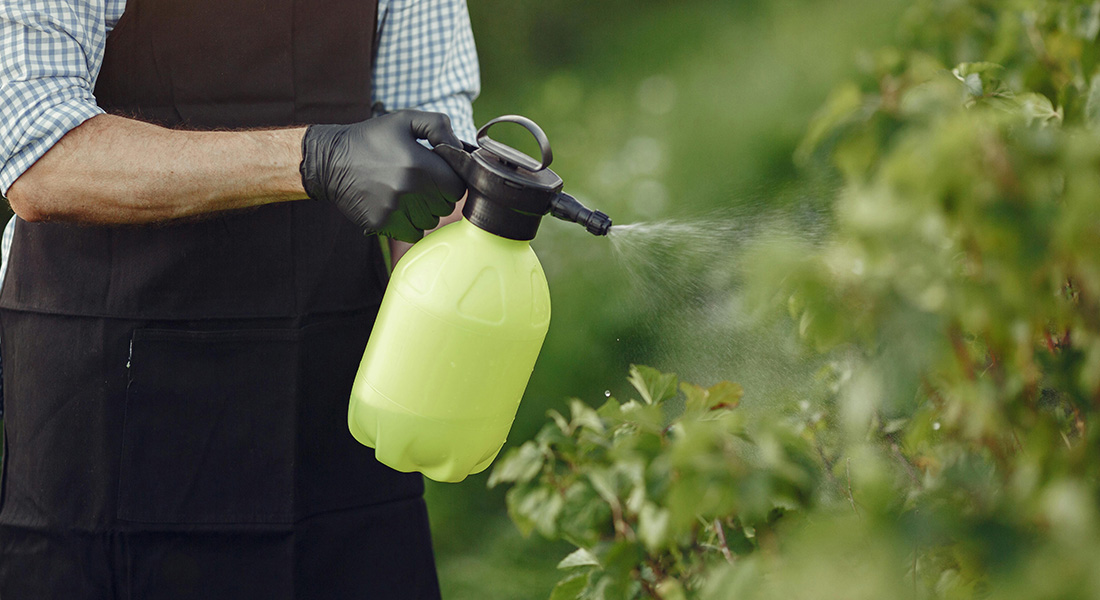Could peptides offer safer alternatives for plant protection?

By Kitzia Y. Molina-Zamudio, PhD student on the ENSAFE project
Denmark is leading the world in peptide usage, particularly in the healthcare sector. For decades, Danish products such as insulin analogs (Novolin®, Tresiba®) have transformed diabetes treatment, improving the quality of life for millions worldwide. More recently, semaglutide (Ozempic®) has shown how peptides can become global game changers in managing chronic diseases such as obesity. These advances demonstrate that peptides can be safe, effective, and well accepted by society when backed by science and robust regulatory frameworks.
But if peptides have revolutionized human medicine, why have they not achieved the same success in agriculture, particularly in plant protection? What is holding back the implementation of such technologies?
To bring a peptide to market as a biotechnological pesticide, it must first be approved. However, current legislation does not clearly define where peptides fit. They are neither classified as traditional chemicals nor as biologicals like microorganisms. Instead, they lie in a limbo, where tailoring a specific regulation is complex. This lack of clarity impacts companies, which may have the scientific expertise to produce such products but no path to sales.
So why peptides? What can they offer in terms of plant protection? Peptides have enormous potential to reduce the use of synthetic pesticides because they can mimic similar modes of action, yet their biological nature makes them more vulnerable to degradation, and they will leave no persistent metabolites. This trait is desirable, as it lowers the risk of accumulation and reduces the potential of harming beneficial organisms, such as e.g. bees.
This is where researchers step in; we need to help build the link between farmers, industry, and regulation. Therefore, we need to provide regulators with the scientific foundation they need to make informed decisions about environmental safety.
Thus, in ENSAFE, one of my main objectives is to curate a database of peptides with intended uses in agriculture, classify them, and select representative peptides to test their molecular specificity against pest and beneficial insects.
Yet the way is long, but we expect that in the near future, scientific tools can help to improve the quality of life of farmers and consumers by helping to bring safer technologies to our tables.
